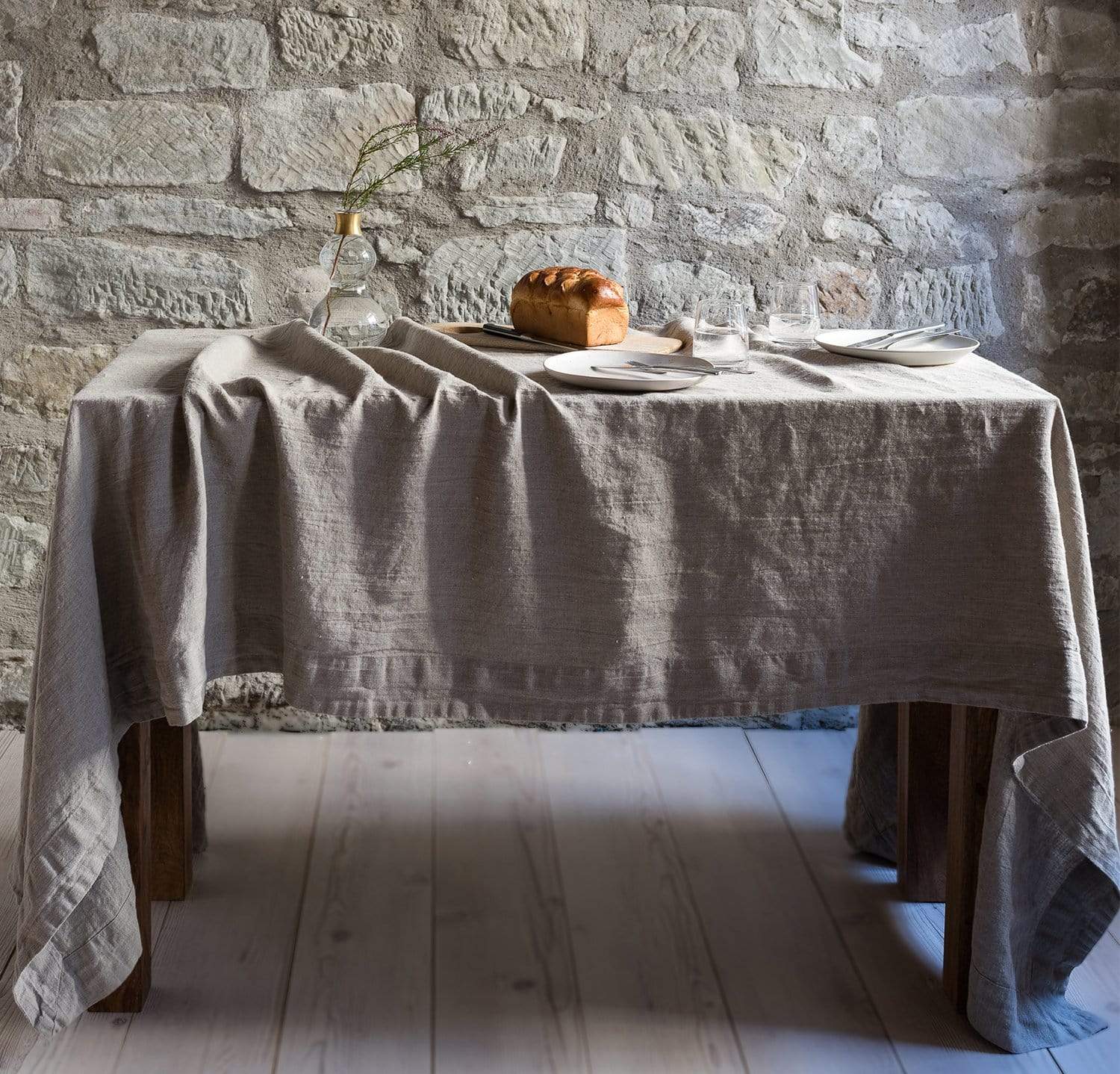Linen Fabric Technologies: Exploring Modern Trends and Creative Applications in Design and Fabric Market
From lasting production techniques to innovative weaving technologies, the development of bed linen is reshaping the landscape of the fabric market. As we dive into the worlds of imaginative layout applications and the appearance of bed linen blends and crossbreed textiles, a brand-new chapter unravels in which linen's function in future fabric innovations takes facility stage.
Sustainable Practices in Bed Linen Production
Lasting methods in bed linen manufacturing have become significantly important in the textile industry's efforts to decrease ecological effect and advertise moral sourcing techniques. Bed linen, an all-natural fiber stemmed from the flax plant, provides a series of advantages such as biodegradability, breathability, and toughness. Nonetheless, traditional methods of bed linen manufacturing can entail substantial water intake, pesticide usage, and energy-intensive processes.
To address these difficulties, numerous fabric suppliers are adopting sustainable methods throughout the linen manufacturing procedure. This includes sourcing flax from organic farms that avoid unsafe chemicals and chemicals, implementing water-efficient retting techniques to essence fibers from the flax stalks, and making use of environmentally friendly dyes and surfaces. In addition, some business are purchasing sustainable power resources to power their production centers and lowering waste through recycling and upcycling campaigns.
Technical Advancements in Bed Linen Weaving
With the growing focus on sustainable techniques in linen production, the fabric market is currently experiencing a surge in technological innovations specifically targeted at revolutionizing the art of linen weaving. These advancements are improving the means bed linen fabrics are generated, providing boosted efficiency, high quality, and imagination in weaving strategies.
Among the essential technological innovations in linen weaving is the integration of computerized looms. These sophisticated looms are equipped with software program that enables for detailed and complicated styles to be woven with accuracy. By digitizing the weaving process, manufacturers can attain greater consistency and accuracy in their bed linen fabrics.
In addition, developments in thread spinning modern technology have enabled the production of finer and even more sturdy linen threads - table cloths. This causes softer and smoother bed linen materials that retain their quality even after multiple usages and cleans
Additionally, the growth of green dyeing procedures and surfaces for linen fabrics is obtaining grip. These lasting methods not just lower the ecological impact but likewise satisfy the boosting consumer need for ethically produced textiles.
Creative Style Applications for Bed Linen
Innovative artistic approaches are increasingly forming the creative layout applications for bed linen in the textile market. Linen's natural aesthetic appeal and ability to blend with other textiles make it a favorite option for producing unique garments and accessories that cater to the environmentally mindful customer.
Furthermore, developers are try out linen in home design, utilizing its breathable and resilient nature to craft stylish home furnishings such as drapes, bed linens, and upholstery. The texture and drape of linen bring a feeling of elegance and comfort to interior rooms, adding a touch of sophistication to contemporary homes.

Linen Blends and Crossbreed Fabrics

Crossbreed materials, on the other hand, take the concept of mixing an action even more by incorporating added aspects such as metallic strings, recycled materials, or conductive fibers. These innovative textiles not just broaden the style possibilities but likewise present functional facets like conductivity, antimicrobial properties, or enhanced toughness. Hybrid textiles are increasingly being used in numerous industries, including style, interior design, and technical textiles, where the need for multifunctional Check This Out materials is on the surge.
Linen's Function in Future Fabric Innovations

In the realm of future textile advancements, linen is expected to be a key player in the development of advanced practical materials. Scientists and developers are checking out methods to enhance bed linen's integral top qualities via technological improvements, such as incorporating smart textiles, nanotechnology, and performance finishes. These advancements intend to raise linen's read efficiency qualities, making it appropriate for a wider series of applications, from activewear to protective clothing.
In addition, the mix of linen with other natural or artificial fibers opens endless possibilities for producing unique fabrics with distinct properties and functionalities. By leveraging linen's qualities and checking out cutting-edge blends, the fabric market is poised to present interesting growths that satisfy evolving customer needs and sustainability needs.
Verdict
Finally, the exploration of lasting techniques, technical innovations, innovative style applications, linen blends, and its function in future textile developments highlight the continuous evolution of bed linen fabric in the modern layout and textile industry. With a concentrate on advancement and creative thinking, the convenience and green nature of linen make it a useful material for manufacturers and developers alike, paving the way for more growths and innovations in the field of textiles.
As we dive into the realms of innovative style applications and the appearance of linen blends and hybrid fabrics, a new phase unravels in which linen's duty in future fabric developments takes center stage.
Exploring the blend of bed linen with various other textiles has actually led to the appearance of innovative blends and hybrid fabrics in the contemporary fabric sector. Bed linen blends use a special mix of the qualities of bed linen with those of various other fibers, resulting in textiles that possess improved residential properties such as enhanced durability, boosted draping, and decreased wrinkling.The evolution of bed linen blends and crossbreed materials has established the phase for read review Linen to play a pivotal function in driving future fabric developments.In the world of future fabric innovations, bed linen is expected to be an essential gamer in the development of innovative functional materials.